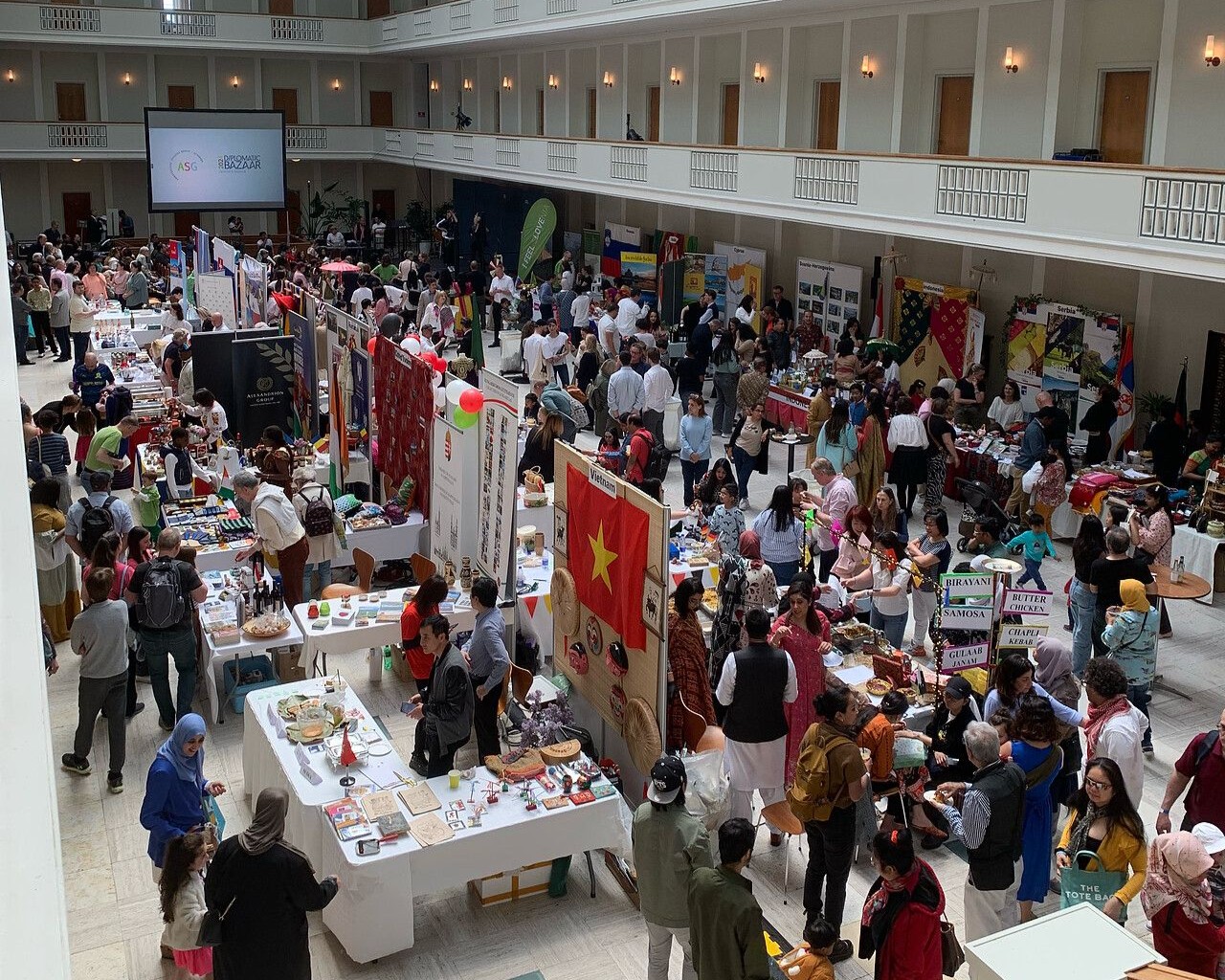Trade in goods and services between Denmark and China reached a historic high of 116.6 billion Danish kroner in 2015, according to Statistics Denmark.
While Chinese exports to Denmark stood at 42.9 billion kroner (7.5 percent of the country’s total), Danish exports to China accounted for 22.1 billion kroner, making China the country’s seventh biggest market.
China is Denmark’s largest trading partner in Asia and its second-largest overseas destination for investment, according to the Danish Embassy in China.
A road well paved
In 2015, the two countries celebrated the 65th anniversary of establishment of diplomatic relations, and strong political ties, an advanced cultural exchange and the economic transformation of China have all contributed to paving the way for Denmark’s journey east.
Given the recent advances made in the areas of water tech, energy and agriculture, there’s enormous room for trade growth. However, the journey is not always smooth.
A lot to learn
China’s upcoming 13th Five-Year Plan, the blueprint for the country’s economic and social development from 2016-2020, calls for sustainable development across the board, so it would appear that Denmark – a nation that has embraced sustainability in a wholesale fashion – has a lot to offer.
According to Chinese President Xi Jinping, when he met Danish Prime Minister Lars Løkke Rasmussen in Washington earlier this year, the two countries should deepen bilateral co-operation in several areas, including green development, energy, medicine and food.
Increase in demand
“Denmark is ready to adjust to China’s new economic model based on sustainable and consumer-driven growth”, Anders Carsten Damsgaard, Denmark’s ambassador to China, told Chinese media outlet Xinhua.
“This means there will be an increase in demand for green technologies, food safety, quality fashion and design, as well as advanced health and pharmaceutical products sectors in which Danish companies are world leaders.”
The economic transformation of China, the second largest economy in the world, presents numerous opportunities. Its soaring middle class population – according to a 2015 study by the Swiss Bank, with 109 million people, it even outnumbers the 92 million living in the US – forms a huge demand for quality products. There lies vast room for further trade relations, especially for Danish goods to occupy the Chinese market.
Obstacles in the way
Chinese-Danish trade relations have never been this good. Nevertheless, the journey to the east is not plain sailing, according to Heidi Wang, the president of the Nordic-Chinese Chamber of Commerce.
“Small and medium-sized enterprises account for over 75 percent of Danish business, but unlike the large companies, they don’t possess the financial resources and the manpower to enter into a large, complex and distant market like China – to build new offices or factories in a nation that seems out of reach,” she told the CPH Weekly.
“Nevertheless, both the products and the technologies of the SEMs meet the needs of the Chinese market.”
More guanxi needed
Wang suggests that one way of solving the problem is to “unite the SEMs, let the trade unions take the lead and help the companies go global”.
As things stand, the Danish companies’ lack of connectivity with the Chinese markets makes it hard to find buyers for their products. In China, ‘guanxi’ (connections/relationships) play a pivotal role in shaping businesses – it cannot be underestimated how important it is to know your business partners.
Help from within
“There are many Chinese people in Denmark who know the nation well – especially those married to Danes who are well acquainted with China and have good guanxi established there,” suggested Wang.
“These people should be recruited, assessed according to where their connections and interests lie, and paired up with corresponding enterprises. They could be hired as agents to form a China desk, full or part-time.”
Denmark mania
Denmark has received a great amount of Chinese attention as of late due to growing cultural exchanges (HC Andersen remains the country’s favourite children’s writer!) that have helped form a good business environment between the nations.
For example, the Chinese food company Wei-Chuan has the Chinese characters of Denmark printed on its popular beverage bottles in bold and red; Danish butter cookies (in blue boxes) can be seen in grocery shops in small remote villages; and Friis Arne Petersen, the former Danish ambassador to China, brought Danish performers and artists to perform on a popular China show, ‘Tiantian Xiangshang’, in 2014 and it received huge audience ratings.
Other arenas
“The Chinese government also realised that it can learn from the Danish welfare system,” added Wang. The fast expansion of China’s elderly population is of a large concern to the nation.
Denmark is also a model country when it comes to corruption. President Xi Jinping started a sweeping anti-corruption campaign after he took office and lessons can be learned from Denmark’s
transparency.
















